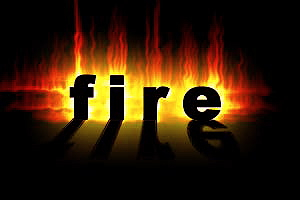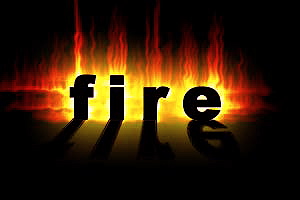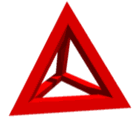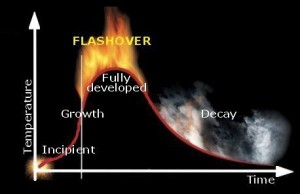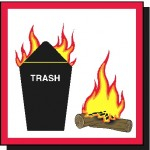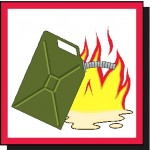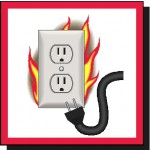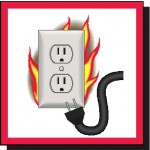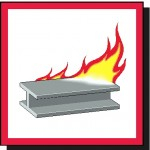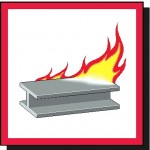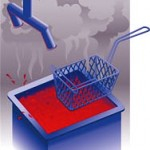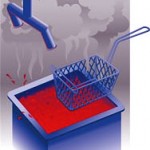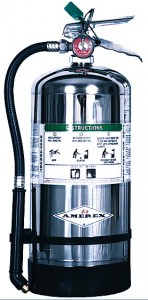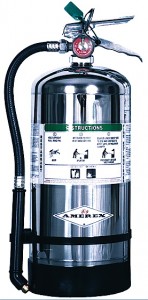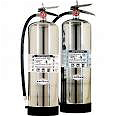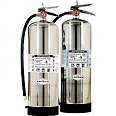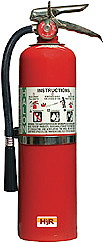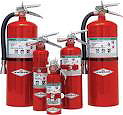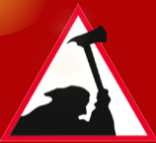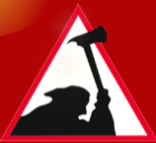Involve extremely high temperatures and highly reactive fuels. For example, burning magnesium metal breaks water down to hydrogen gas and causes an explosion; breaks halon down to toxic phosgene and fluorophosgene and may cause a rapid phase transition explosion; and continues to burn even when completely smothered by nitrogen gas or carbon dioxide (in the latter case, also producing toxic carbon monoxide). Consequently, there is no one type of extinguisher agent that is approved for all class D fires; rather, there are several common types and a few rarer ones, and each must be compatibility approved for the particular hazard being guarded. Additionally, there are important differences in the way each one is operated, so the operators must receive special training. Some example class D chemistries include:
METL-X, finely powdered sodium chloride (table salt) propelled by Carbon Dioxide or Argon. After a crust at least 50 mm (2 inches) thick has formed over the burning metal, it is picked up with a long handled shovel and placed in a bucket of salt or very dry sand, and additional agent poured on top. Suitable for sodium, potassium, magnesium, titanium, aluminum, and most other reactive bulk metal fires, but not lithium or finely powdered metals.
